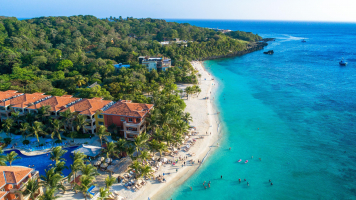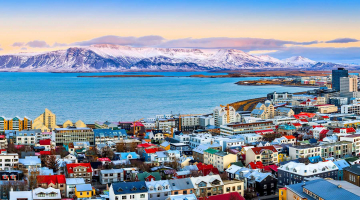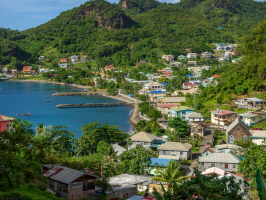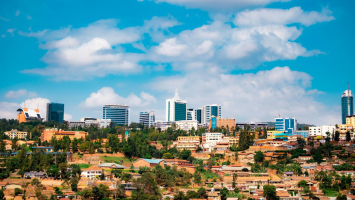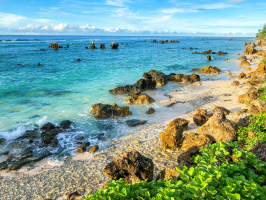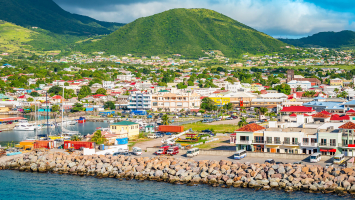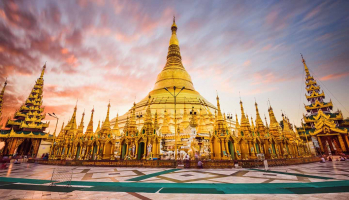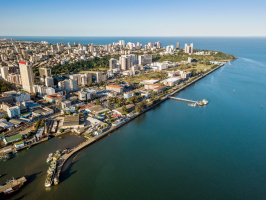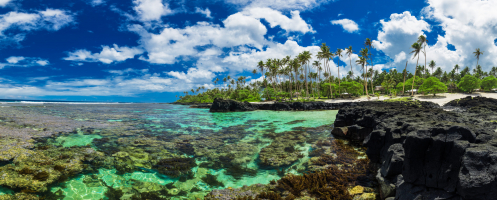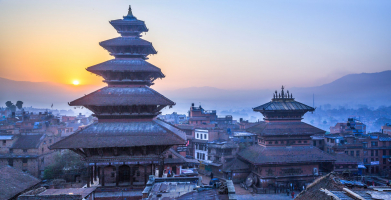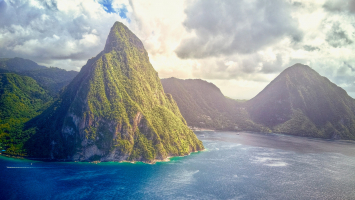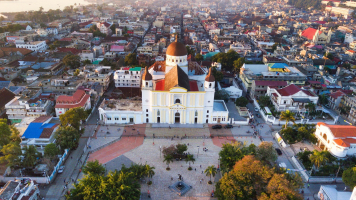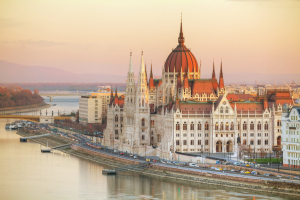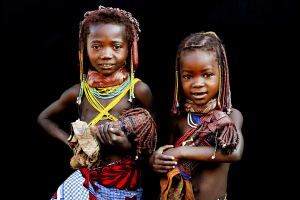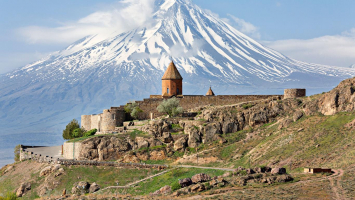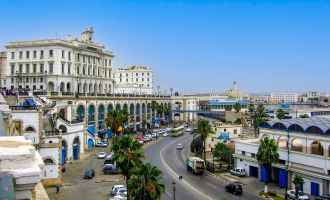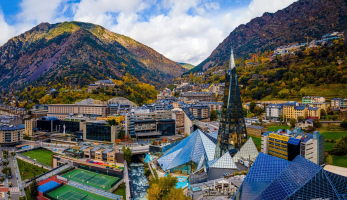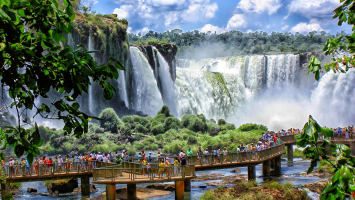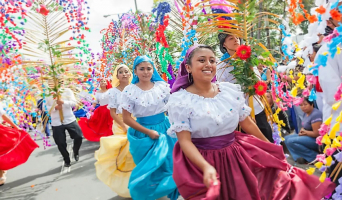Top 13 Unique Cultural Characteristics In Namibia
Namibian culture is a melting pot of many different people, and its culture and customs have absorbed both African and European elements, fusing them into a ... read more...hybrid of the two. Despite the fact that the country is rapidly urbanizing, the majority of Namibians still live in rural areas and live in poverty. However, cultural tradition survives most strongly among these people. Namibia, one of the world's least populated countries, has an impressively diverse population, ranging from the Bantu-speaking Ovambo and Herero tribes to Damara minorities and nomadic San Bushmen. The diverse and, at times, harsh climate of Namibia has contributed to its colorful history. Toplist has compiled a list of the Unique Cultural Characteristics In Namibia to help you learn more about this beautiful country.
-
Despite its small population, Namibia is home to a diverse range of languages from several language families, including Germanic, Bantu, and Khoisan. When South Africa administered Namibia, Afrikaans, German, and English were all recognized as official languages. When Namibia gained independence in 1990, English was enshrined in the Namibian constitution as the country's sole official language. German and Afrikaans were stigmatized as having colonial overtones, whereas Mandela's Youth League and the 1951 Defiance Campaign popularized English as the language of the anti-apartheid campaign.
Other languages have gained semi-official recognition by being permitted to be used as a medium of instruction in primary schools. Private schools are expected to adhere to the same policies as public schools, and "English language" is a required subject. Some critics argue that, as in other postcolonial African societies, the push for monolingual instruction and policy has resulted in a high rate of school dropouts and individuals with limited academic proficiency in any language.
Furthermore, the majority of the white population speaks either German or Afrikaans. German is still used as a commercial language 107 years after the end of the German colonial era. The proximity to Portuguese-speaking Angola explains the relatively high number of Portuguese speakers, which was estimated to be 100,000 in 2011, or 4-5% of the total population.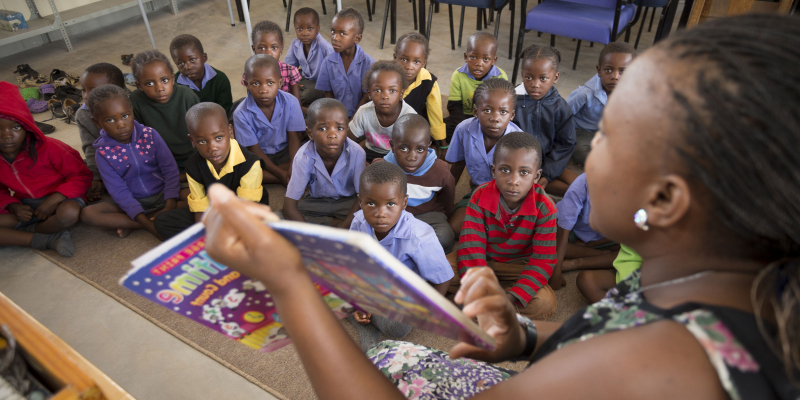
https://www.mcc.gov/ 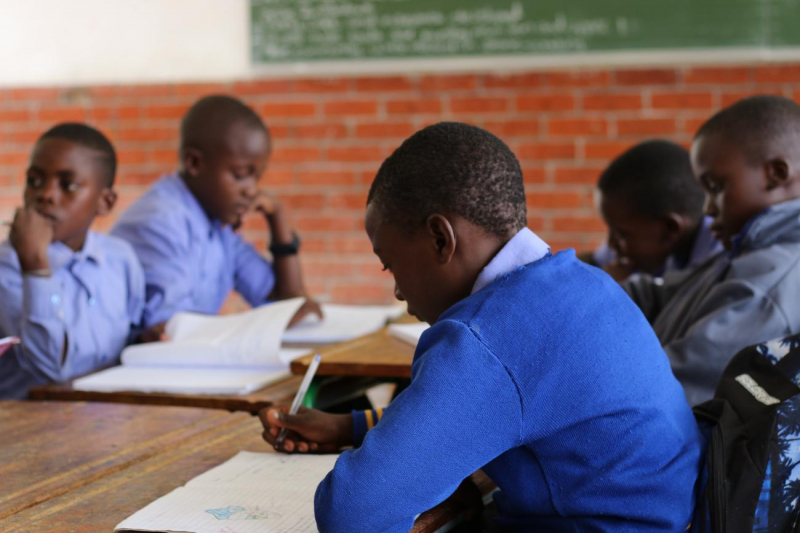
https://namibia.un.org/ -
Christianity is the most widely practiced religion in Namibia; however, the Lutheran church is the largest Christian denomination. Many Namibians converted to Christianity as a result of missionary activities in the second half of the nineteenth century. Namibia's Christian population is estimated to be 80-90 percent. The Finnish Evangelical Lutheran Mission, formerly known as the Finnish Missionary Society, founded the Lutheran Church in Namibia. The remaining Christian religions are Anglican, Dutch Reform, Episcopal, Methodist, and other Christian churches and denominations.
Namibia is dominated not only by Christianity, but also by the Muslim religion. Islam is practiced by approximately 9,000 Namibians, the majority of whom are Nama. There are approximately 7 mosques located throughout the country. The Muslim communities in Namibia are part of the Namaqua ethnic group. The group is indigenous and a part of Namibia's religious communities. In addition, Namibia has a small Jewish community of about 100 people. Those things can be seen as one of the Unique Cultural Characteristics In Namibia.
According to the Namibian constitution, there is a high level of tolerance for the practice of various religious beliefs. As a result, the constitution protects the rights of its citizens and their respective religions. Practitioners of these non-dominant religions face discrimination in society at times. Although cases have been reported, the country remains open to other religions.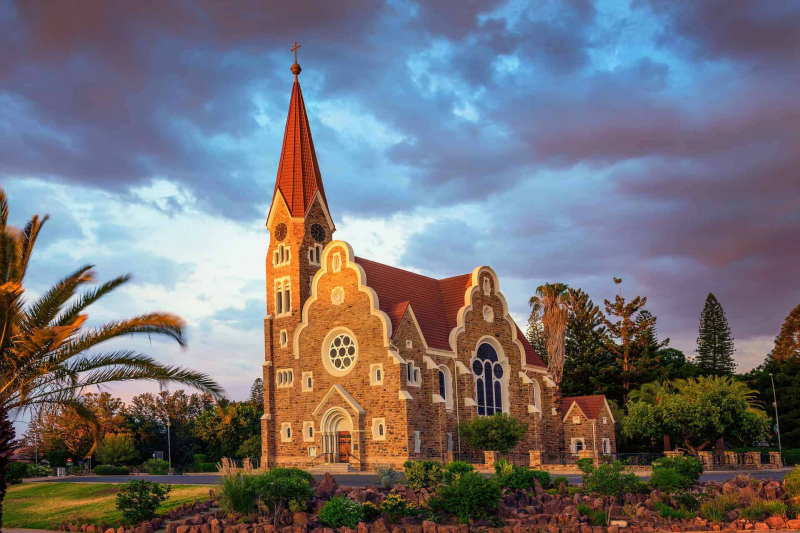
https://www.arebbusch.com/ 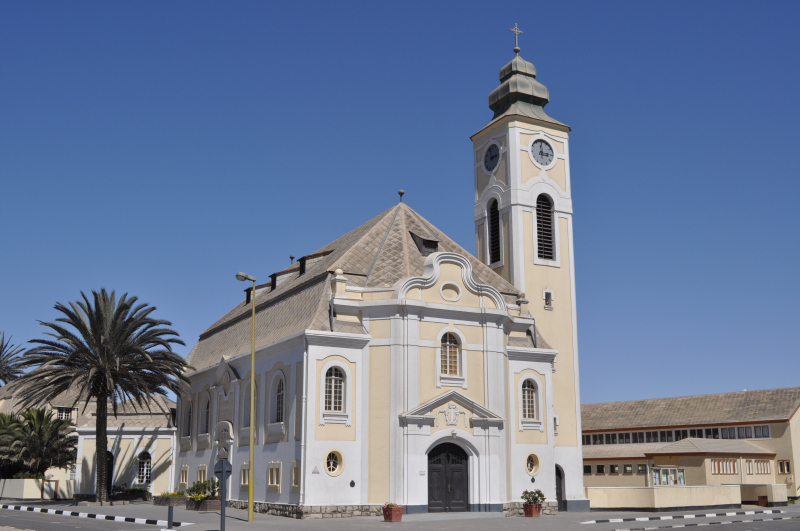
https://en.wikipedia.org/ -
Namibia appears to be Africa's unloved stepchild when it comes to literature. Why is Namibian literature so little known and discussed? Mostly because Namibian literature is still in its early stages. There has been a lot of poetry, drama, and autobiographical writing published, but not much fiction. In any case, Namibian writing frequently draws inspiration from other literary movements, such as postcolonial literature in Nigeria or Kenya. Afrofuturism is also growing in popularity.
Before independence, Namibian literature was essentially an extension of the South African or German literary scenes. Namibian writers have previously published works in other languages, such as Afrikaans, German, Otjiherero, Damara/Nama, and some San languages. Following independence, there was a movement to publish "Namibian" books and create a true "Namibian literature." That impetus has since subsided. The majority of indigenous language literature consists of traditional tales, short stories, and novels written for schoolchildren. Published fiction, poetry, and autobiographical writings are available in both English and Afrikaans.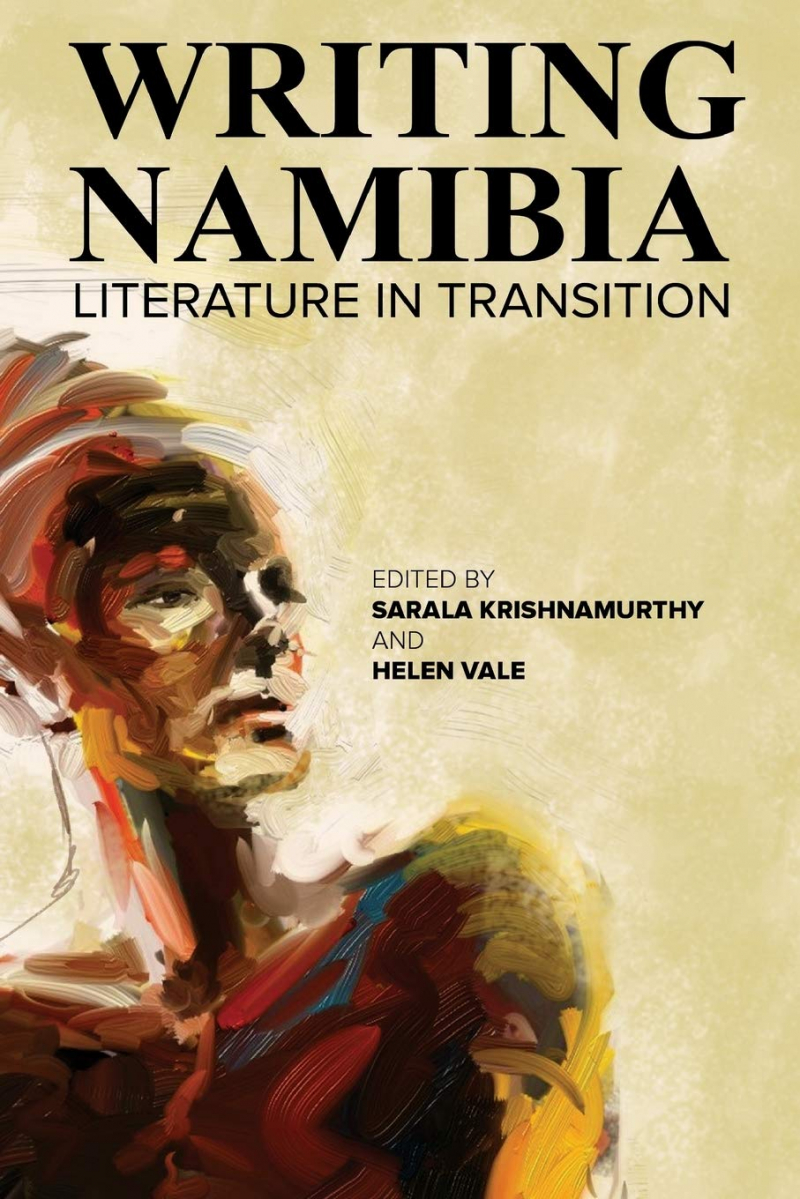
https://www.amazon.com/ 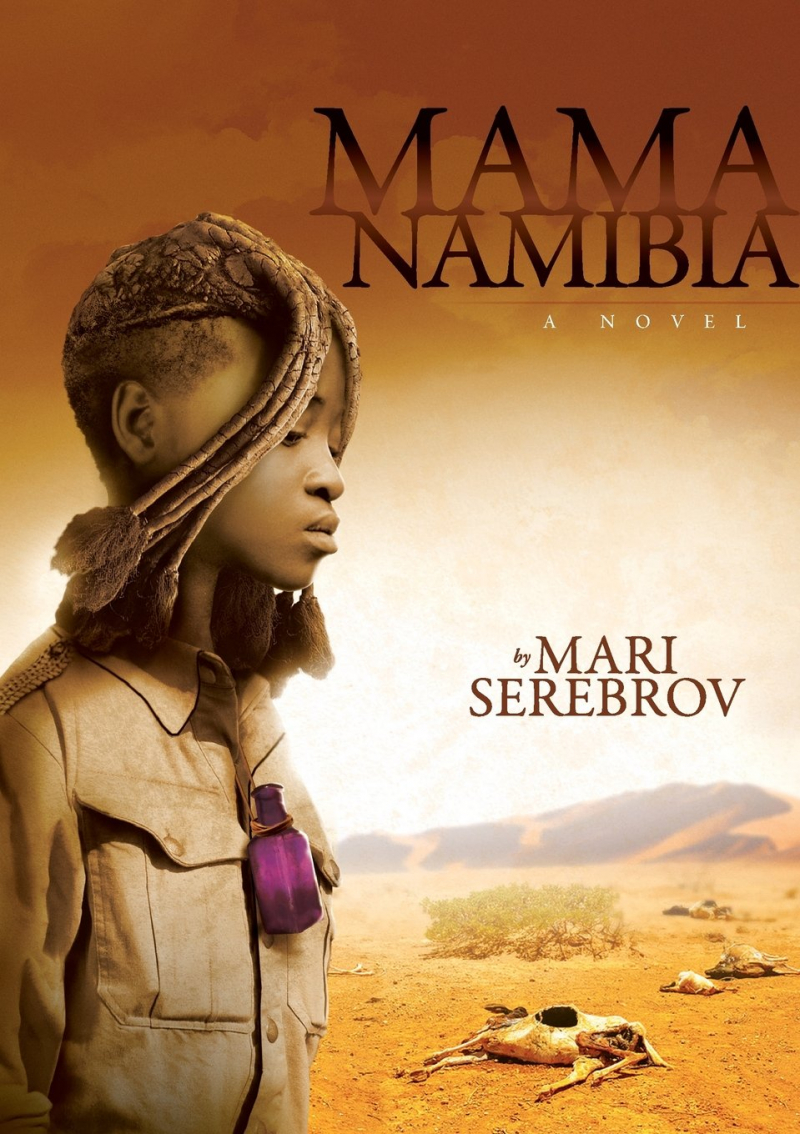
https://www.amazon.com/ -
Traditional attire has played and continues to play an important symbolic role in the preservation of Namibia's national values and cultural heritage, as well as the creation of a sense of unity among the country's various tribes. Many traditional clothes have fascinating details and elements that bring Namibian art and talent to life. This is considered as one of the Unique Cultural Characteristics In Namibia.
Because the San are primarily hunter-gatherers, their clothing is made of animal skins and hides. The men dress in antelope skirts and leather coats, with shoulder bags holding everything they need for their journey. The women also wear animal skin skirts and pants, leather coats, and double leather aprons that cover the front and back. Rings and necklaces are also used to adorn their hair, arms, and legs.
The first Nama wore clothing made entirely of animal skin. In the summer, they wore skin robes with fur on the outside, and in the winter, they turned the clothes inside-out to keep warm. Nama women's traditional attire consists of long, formal dresses that resemble Victorian traditional fashion. The long, flowing dresses evolved from the missionaries' style in the 1800s, and this traditional clothing is still an important part of the Nama culture today.The traditional dress of Namibia's Herero tribe is known as ohorokova, which is a traditional dress adapted from a Victorian-style dress. The ohorokova is worn with a hat that looks like a cow horn, and the dress has a colorful wide skirt with many layers. The men dress in western clothing, which consists of shirts and trousers worn with a coat or suit and a hat. The otjikaiva, a horizontal horned headdress worn to pay homage to the cows that have historically sustained the Herero, is the most distinguishing feature of the Herero women's dress.
Other tribes' traditional costumes include the Damara's traditional dress, which made use of animal hides for clothing, the Ovambo's traditional attire, which is made from a material known as odelela, the Kangvago, and the Himba. Having said that, Namibia is a diverse country where clothing transcends cultures, time, and geography.
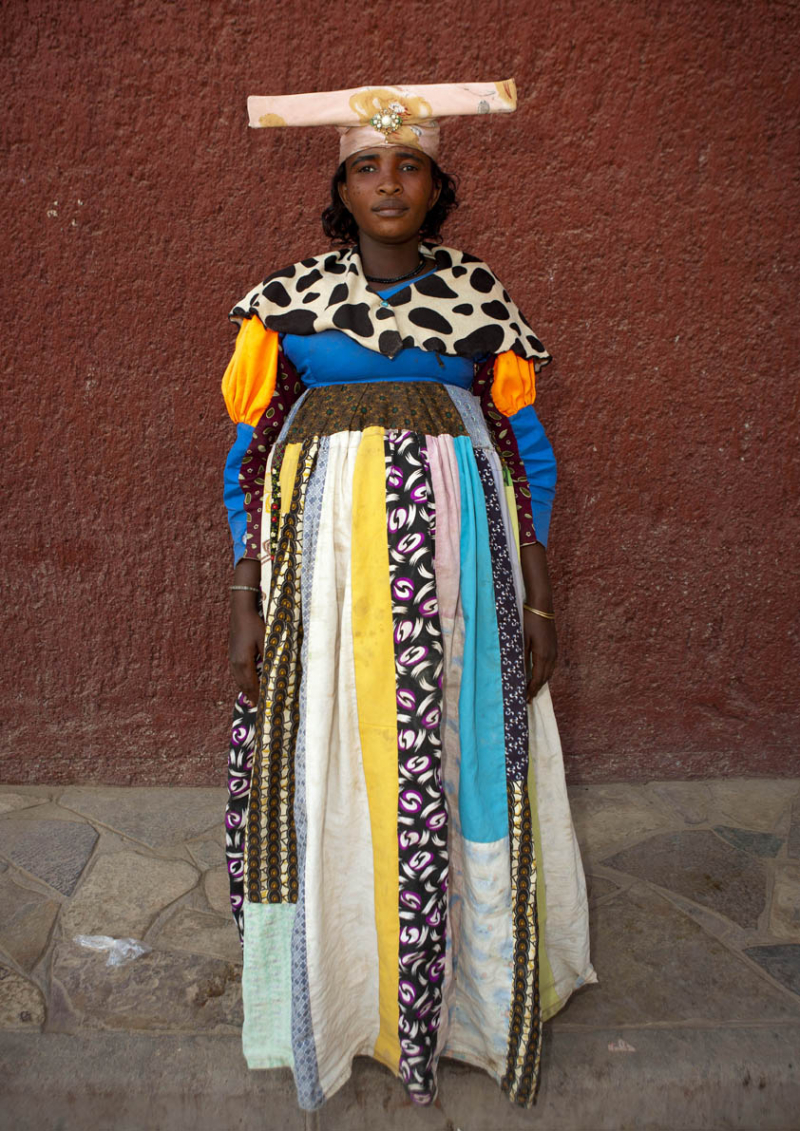
https://edition.cnn.com/ 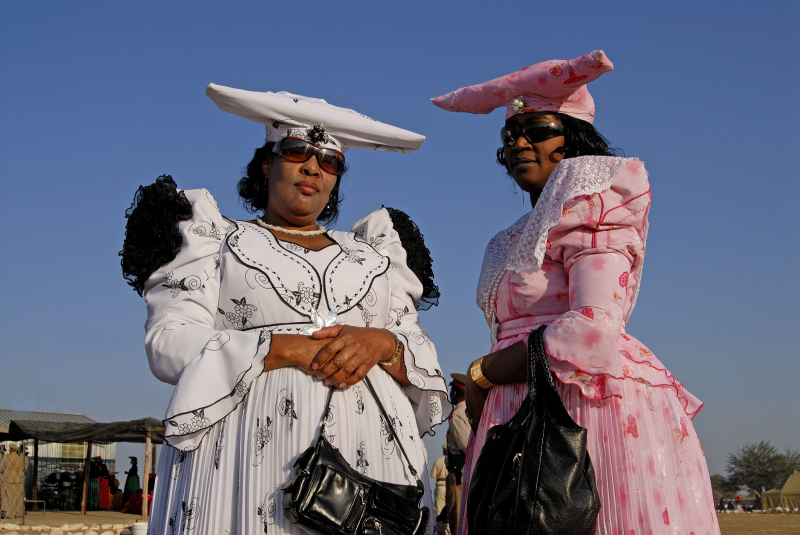
https://seeafricatoday.com/ -
Most Namibian households are not nuclear families, but also include other relatives. The household's head manages household finances, makes important decisions, and organizes productive activities. Other family members provide significant assistance to parents with child-rearing. It is not uncommon for children to live with other relatives if their parents are unable to work, the child needs to be closer to school, or a relative requires the assistance of a child. The majority of boys and girls attend primary school, though they may occasionally stay at home to help with livestock or crops.
Depending on ethnicity, corporate kin groups are formed by ties traced through women (matrilineal), men (patrilineal), or both (bilateral). These kin groups provide a network of support for their members and control joint property, particularly livestock; in the past, they also played important roles in political and religious affairs. A general shift from matrilineal to patrilineal has occurred.
In Namibian culture, a family's wealth is measured by the number of cattle it owns, and families live a semi-nomadic lifestyle, following grazing and water sources for their livestock. Men and boys generally care for livestock, build and maintain homesteads, plow fields, and contribute some agricultural labor in rural communal areas, whereas women and girls do the majority of agricultural labor, food preparation, childcare, and household work.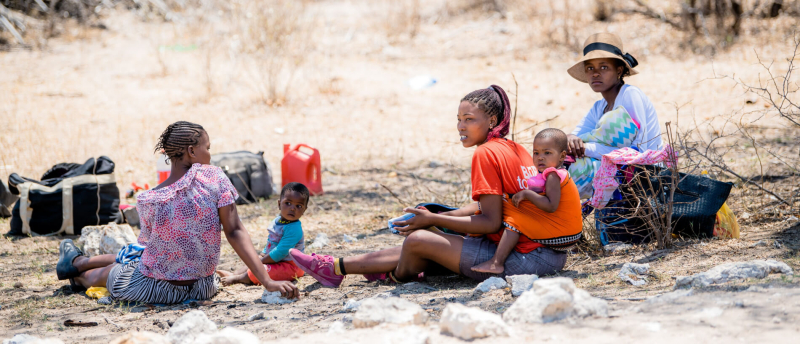
https://pasjona-safaris.com/ 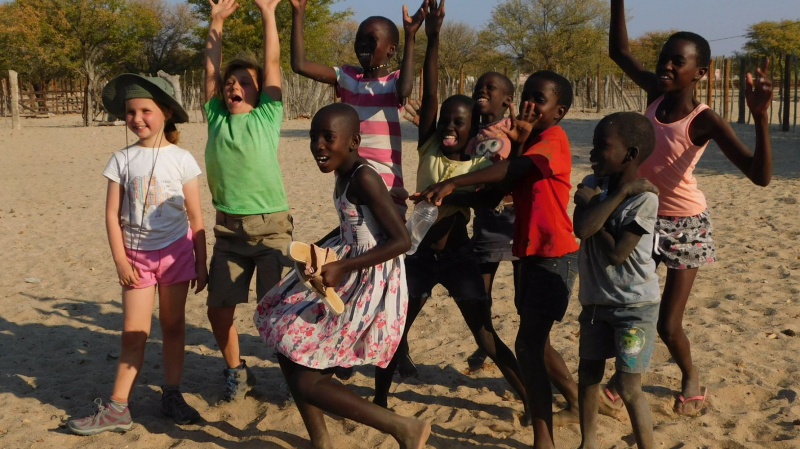
https://moonlighttoursexpedition.com/ -
Namibia wedding traditions are based on traditional wedding cultural rituals, such as a Bedouin bride displaying her trousseau of clothes, jewels, and gifts from well-wishers. The parents of a couple must ritually agree to a proposed marriage because they will be called upon to resolve future marital problems. Wedding traditions in San people, Nama, Damara, Ovambo, and Herero differ from those in other African countries. Namibians abduct their brides prior to the ceremony and dress them in a leather marriage headdress. After the ceremony, she is brought into the house, where the family informs her of her responsibilities as the wife, and she is anointed with butterfat from cows, symbolizing her membership in a new family.
The meaning of any other African wedding is the joining of two lives, two families, and two communities. The bride has a very special role in all communities and is treated with respect because it is believed that she is a link between the unborn and the ancestors. To ensure that the meat is fresh, the bride and groom's families exchange meat gifts at a party. The bride and groom are also carried to where they will spend their wedding night on the shoulders of their friends. Throughout the ceremony, the bride must change her clothes and jewelry several times. Before any other wedding ritual occurs, the man must first discuss his intentions with his family, and if they agree, they advise him to ask the bride's family and accompany him to the bride's home.
After a few days, the wedding rituals are repeated in reverse, with the bride and her family visiting the groom's clan. "Kuku" is the Hawaiian word for grandmother and is a sign of respect. They call with a loud high pitch and whip horse tails in the air throughout the ceremony and day. Bride patterns and headdresses are traditionally worn by these women in their 40s and 50s.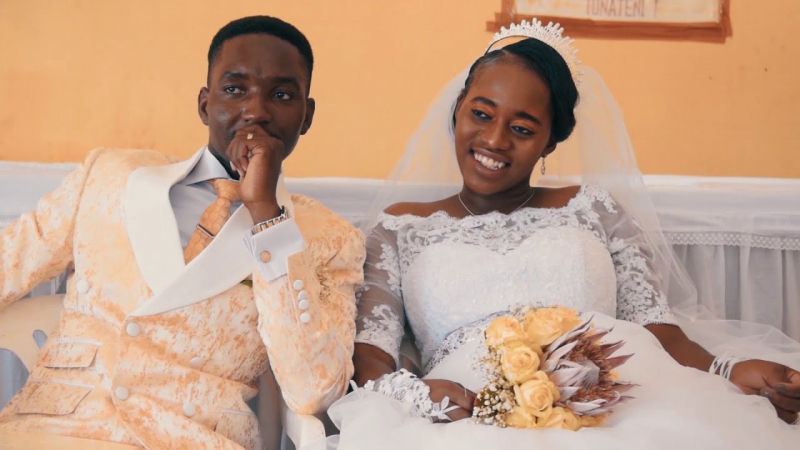
https://www.youtube.com/ 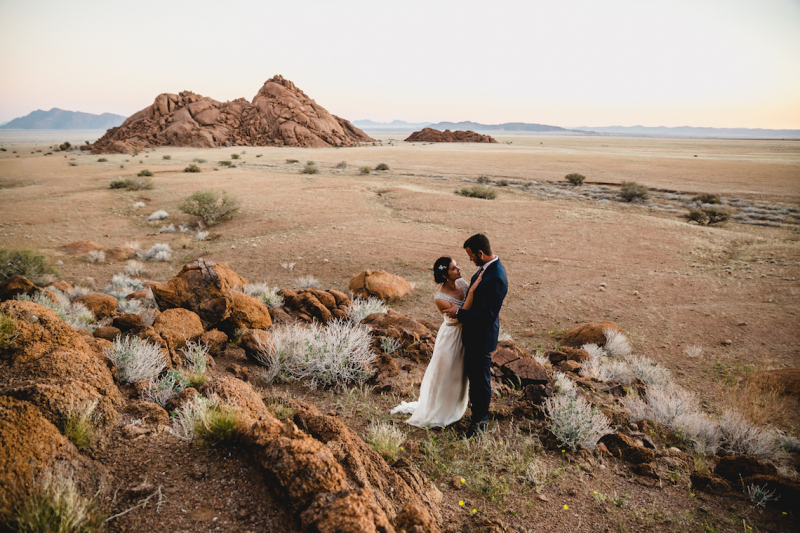
https://bridalmusings.com/ -
Namibian music includes a variety of folk styles, as well as pop, rock, reggae, jazz, house, and hip hop. Namibian celebrities include Stefan Ludik, The Dogg, Gazza, EES, Lady May, Sunny Boy, Sally Boss Madam, and Big Ben, as well as Placa Gang, a group of hardworking dream chasers.
Namibian traditional music is extremely diverse, owing in part to the diversity of language groups and the past's artificial ethnic separation (apartheid), which discouraged people from freely mixing. Namibian musical practices can most likely be generalized based on three broad (yet culturally diverse) bands from the region. Cultural exchange, migration, political history, and even agricultural practices are all etched on bodies and revealed through dance and music. Much of the music is sung in groups, with dance and occasionally drums. The majority of solo songs are performed with bows, lamellophones, or unaccompanied. The Nama use a variety of strings, flutes, and drums, whereas the Bantu use xylophones, gourds, and horn trumpets.
With no major record labels or distribution infrastructure, Namibia's music industry remains underdeveloped. Two of the factors impeding the development of the local music industry are a lack of focus on producing economically viable Namibian music products and the absence of effective marketing and distribution structures. DONLU, the country's online music retailer, provides streaming services.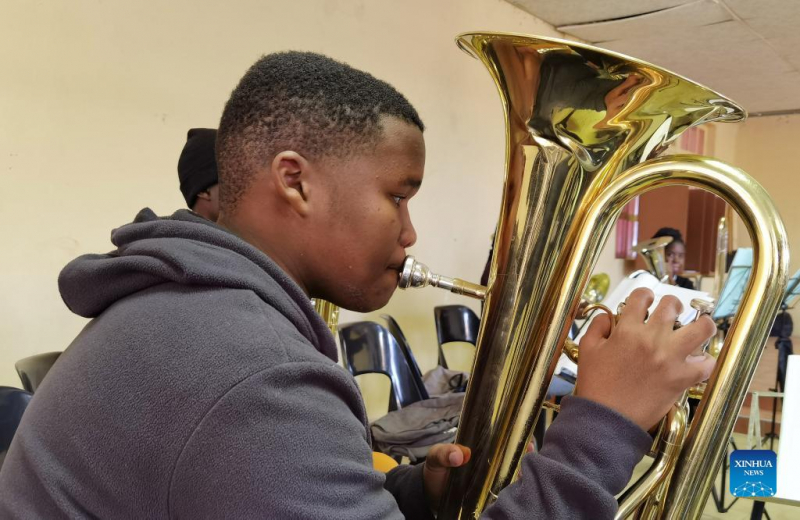
http://english.news.cn/ 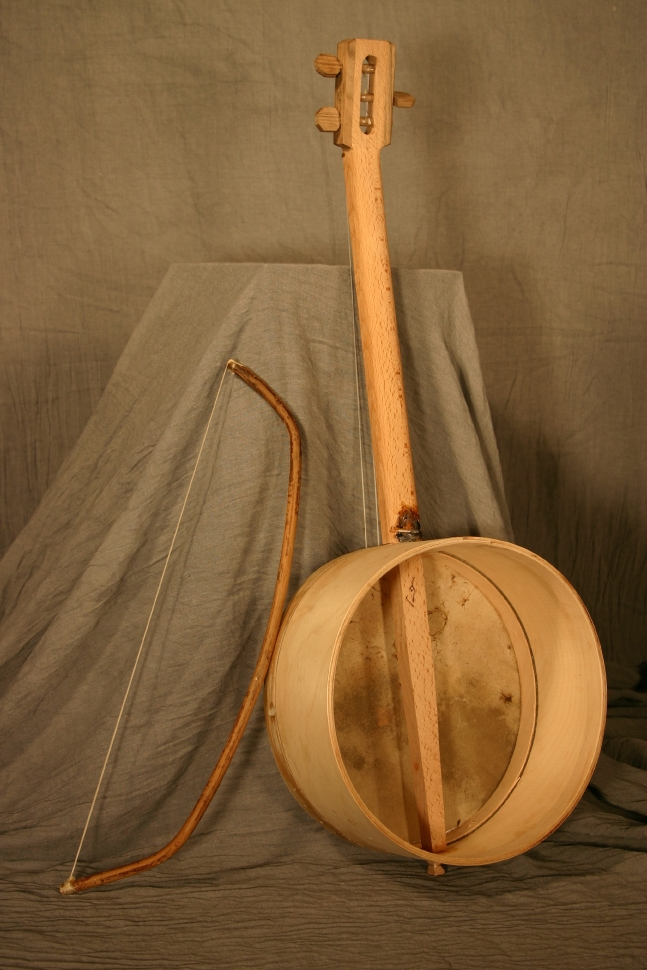
https://omeka-s.grinnell.edu/ -
It can be considered as one of the Unique Cultural Characteristics In Namibia. Namibia is home to some of the world's oldest rock paintings and engravings, which have been linked to Bushmen ancestors. Naturalistic depictions of animals, people, hunting, battles, and social rituals can be found in the scenes. The use of color in the paintings was determined by local geology. Some are red monochrome paintings, but many are multicolored, created by combining ground-up earth pigments with animal fat to create 'paints' in red, brown, yellow, blue, violet, grey, black, and white.
Rock engravings have also been discovered, frequently in areas where there are no smooth, sheltered rock surfaces to paint on. Some of the best paintings and engravings can be found in Brandberg, Twyfelfontein, and Erongo. Rock art sites can be found all over this beautiful country. The Brandberg Massif and Twyfelfontein, both in Damaraland in North Western Namibia, are two of the most well-known sites. Twyfelfontein, Namibia's first UNESCO World Heritage Site, was designated as one of the most important rock engraving sites in southern Africa in 2007.
However, Namibian creativity extends beyond rock paintings. Basketry, woodcarving, leatherwork, beadwork, pottery, music-making, and dancing are examples of traditional arts and crafts. Textile weaving and embroidery, sculpture, printmaking, and theater are examples of more contemporary arts and crafts.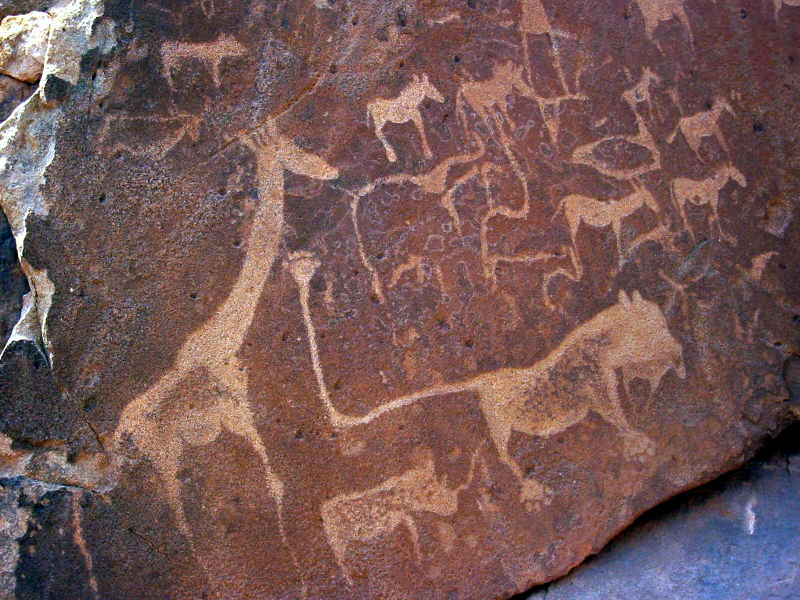
http://www.kupferquelle.com/ 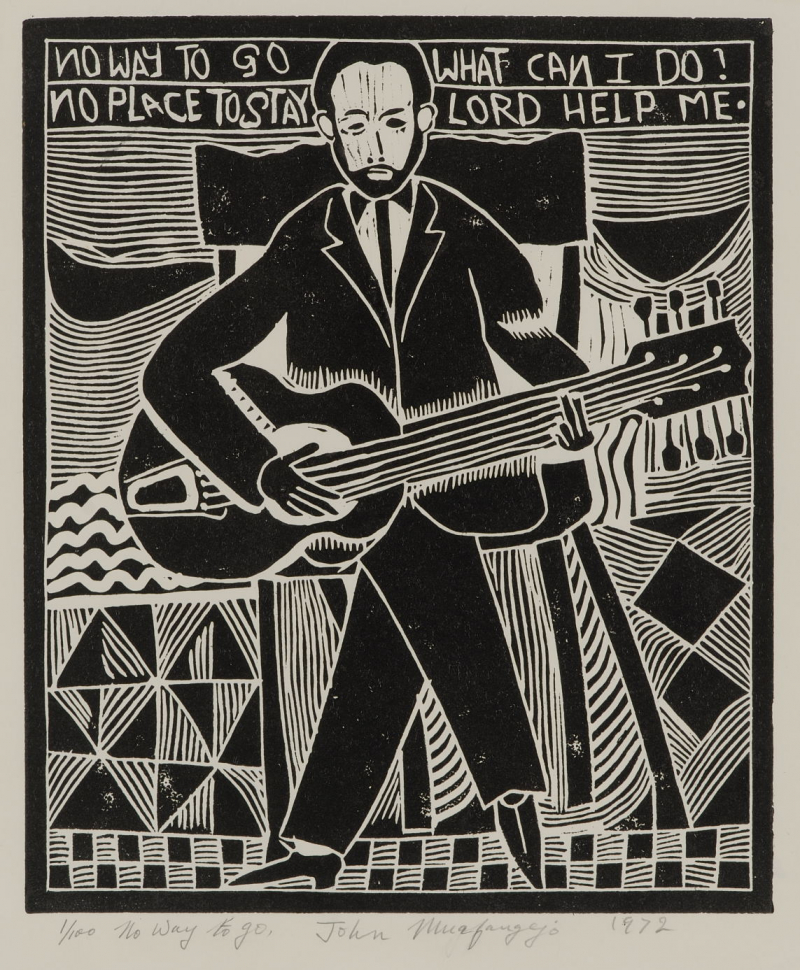
http://www.kupferquelle.com/ -
Radio, television, online, and print media are all forms of mass media in Namibia. Although Namibia has a small population, the country has a diverse media landscape; in 2010, two TV stations, 19 radio stations, 5 daily newspapers, several weeklies, and special publications competed for audience attention. Namibia had three television stations, thirteen newspapers, and twenty-five radio stations as of 2014. There is also a significant amount of foreign media, particularly South African media. The majority of online media content is based on print publication content. NAMPA is Namibia's state-owned press agency.
Namibia has a high level of media freedom in comparison to neighboring countries. Over the years, the country has consistently ranked in the top quarter of Reporters Without Borders' Press Freedom Index, reaching position 21 in 2010, on par with Canada and the best-positioned African country. The African Media Barometer yields similar encouraging results. However, as in other countries, state and economic representatives continue to wield significant influence over the media in Namibia.
The Namibian chapter of the Media Institute of Southern Africa and the Editors' Forum of Namibia represent the media and journalists in Namibia. In order to avoid a state-controlled media council, an independent media ombudsman was appointed in 2009.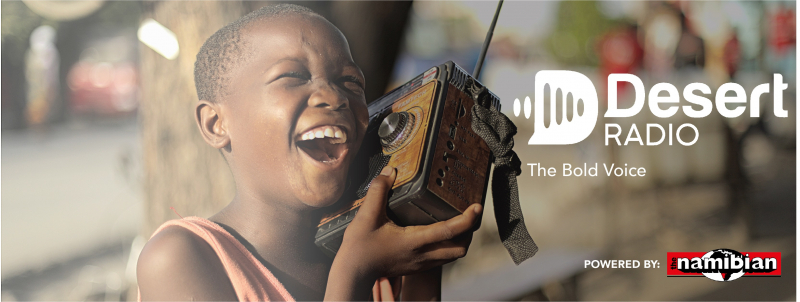
https://www.facebook.com/ 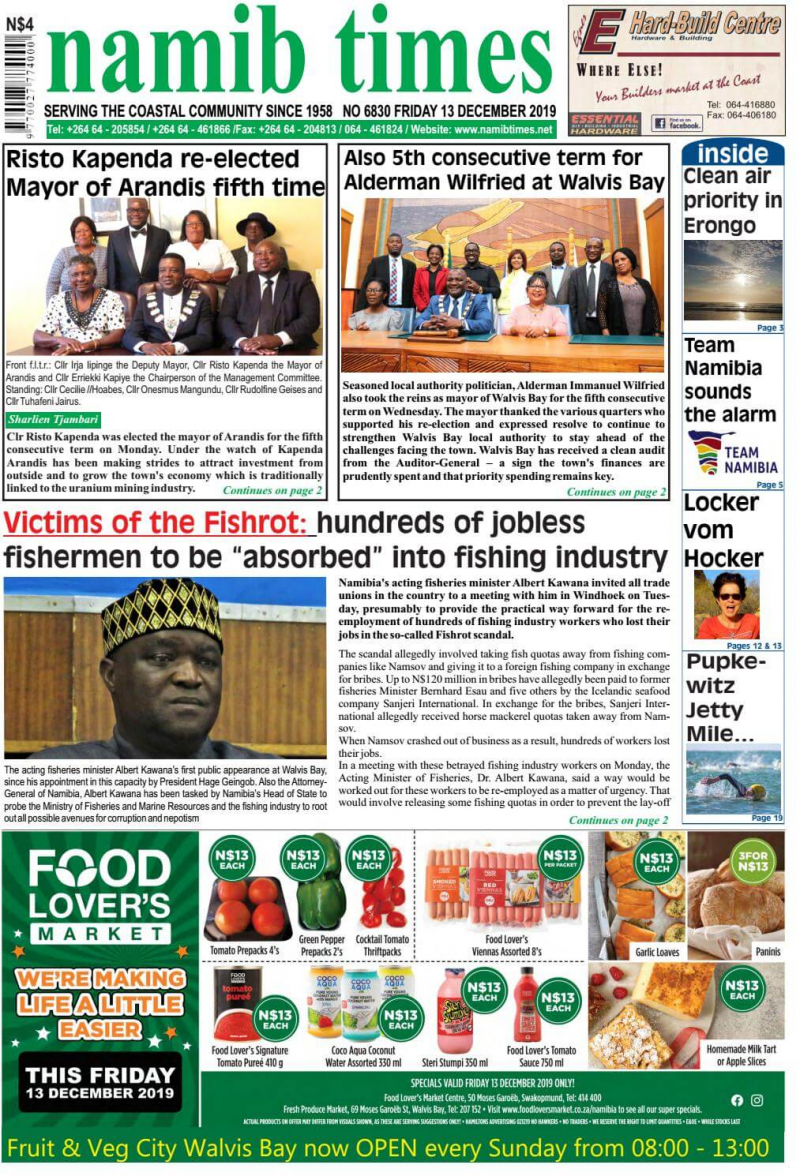
https://www.mediabuzz.org/ -
Soccer is a popular sport in Namibia. The majority of children grow up playing the game. The Namibia Football Association governs football in Namibia. The main domestic league is the Namibia Premier League. Namibia's national football team has never qualified for the FIFA World Cup, but it has finished second twice in the COSAFA Cup. They qualified for two African Cups of Nations, in 1998 and 2008, but lost in the first round both times.
Track and field is a popular sport in the country as well. Many Namibians perform daily chores that require significant physical effort. Children in rural areas must walk or run long distances to school every day. Football, rugby union, cricket, golf, and fishing are the most popular sports in Namibia. In 1916, South Africa introduced rugby union to Namibia. The Namibia Rugby Union is the main governing body today. The Namibian national team is known colloquially as the Welwitschia. Namibia has qualified for the World Cup six times, in 1999, 2003, 2007, 2011, 2015, and 2019, but has never won a match. Athletics and boxing are also popular. The Independence Stadium in Windhoek serves as the home stadium for all national teams, with Sam Nujoma Stadium in Katutura also being used on occasion.
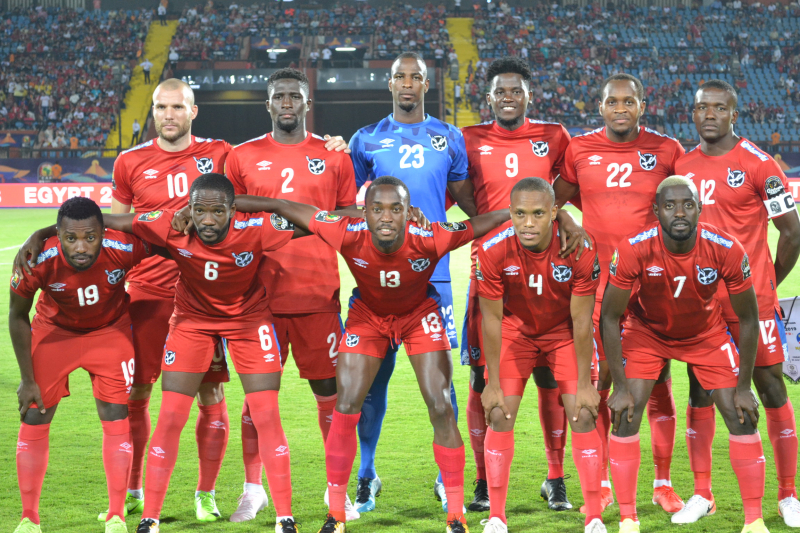
https://africa.cgtn.com/ 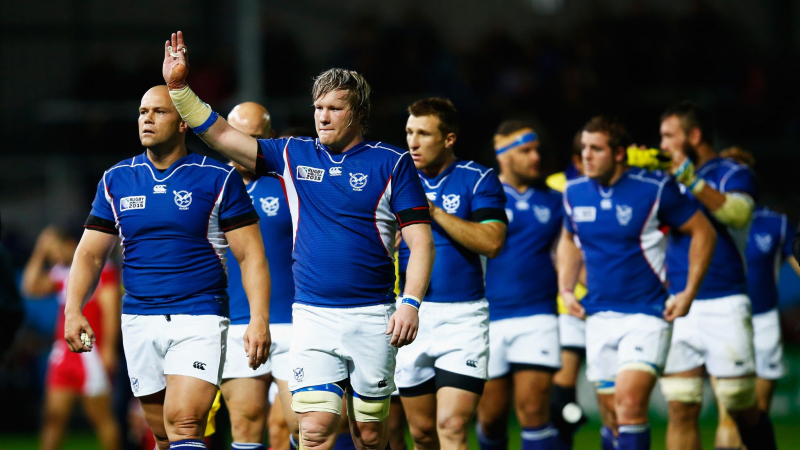
https://www.skysports.com/ -
Namibians place a premium on greetings. Namibians are generally indirect communicators. Conversations almost always start with a hello and a how are you? It is generally considered impolite to rush into obtaining the specific information you require. In most Namibian cultures, extended greetings and handshakes are very important. Accepting food and drink is considered polite. Public displays of affection between spouses or lovers are frowned upon, especially in rural areas, and there is a general emphasis on emotional restraint.
Along with a curtsy, another traditional show of respect is for the greeter to shake their right hand while touching their right elbow with their left hand. The curtsy and the elbow touch are very common in the northern regions, particularly in rural areas. Greeting people in is considered common courtesy. It is considered impolite not to greet people.
When entering a meeting room, if possible, greet everyone with a handshake before sitting down. When asking someone in a public place for assistance (e.g., directions, prices, etc. ), always greet them first and ask how they are before getting down to business. Namibians frequently continue to hold each other's hands while conversing after shaking hands, especially if the two people are friends. Males must nod their heads when shaking someone's hand, especially an elder, while females must bend their knees slightly as a sign of respect.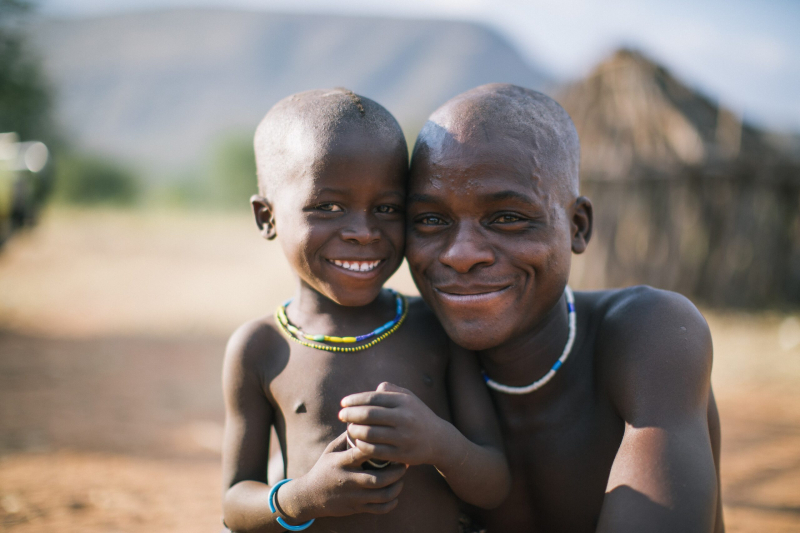
https://www.omusa.org/ 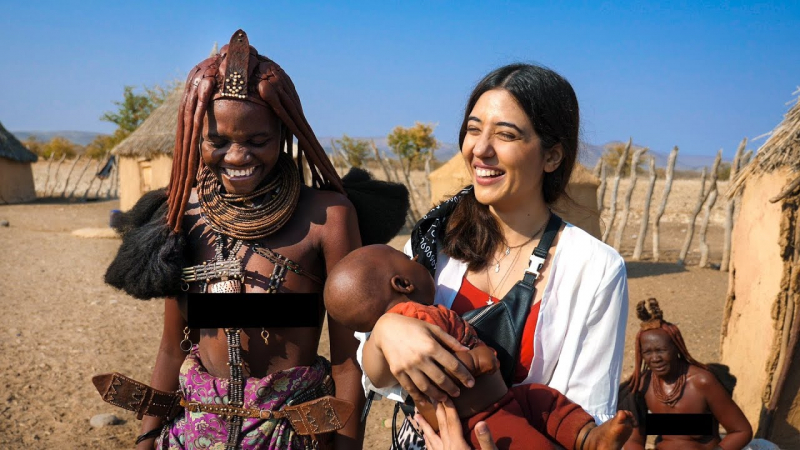
https://www.youtube.com/ -
Meetings in Namibia are best held in the morning when the temperatures are not yet high. When scheduling an appointment, some wiggle room and potential changes must be factored in. The first meeting should ideally take place in the partner's office. For follow-up negotiations, a working breakfast, dinner, or lunch can be proposed to fine-tune the details and get to know each other better. African businessmen can be quite formal in some situations, but unusually open in others. A good mood accompanied by a humorous story opens the door to success.
Negotiations with Namibian representatives must be prepared for and approached in the same manner as negotiations with European partners. Africans, and Namibians in particular, dislike reading between the lines; you must be specific and to the point. When conversing with one another, you must be receptive, open to unexpected turns, neither condescending nor condescending, and flexible in maintaining your standards.
Africans generally value achieving high social status, which the successful frequently demonstrate through ostentatiousness and material self-presentation. A European is also expected to have a modified exterior. It is not necessary to wear a tie or a suit. It is not necessary to wear a tie or a suit. A quality shirt, light jacket and trousers, and closed dress shoes will suffice for men, while a summer dress or suit will suffice for ladies.
https://afktravel.com/ 
https://www.cornerstonerpo.com/ -
Start with the silverware furthest away from your plate. Eat to the left and drink to the right. Any food dish on the left and any glass on the right are yours. Work your way in, beginning with the knife, fork, or spoon furthest away from your plate and using one utensil for each course. The salad fork is on the far left, followed by the dinner fork. On the far right, you'll find your soup spoon, beverage spoon, salad knife, and dinner knife. Your dessert spoon and fork are either on top of your plate or brought out with the dessert. You'll be fine if you remember to work from the outside in.
Place your napkin on your lap, folded. When you're done, place it loosely on the table rather than on the plate. Do not use your own napkin to clean up spills, and do not touch items that have fallen to the floor. You can protect yourself from spills by using a napkin. Then, simply and politely request that your server clean up and bring you a replacement napkin or dirty utensil. Keep your elbows away from the table. Unless you are using it, keep your left hand in your lap. You should not speak with your mouth full. Close your mouth and chew.
Food should be passed from left to right. To reach food or condiments, do not stretch across the table and cross other guests. When asked for salt or pepper, pass both together, even if a table mate only requests one. This is done so that dinner guests will not have to look for orphaned shakers. Instead of passing items hand-to-hand, place salt and pepper shakers, a bread basket, or a butter plate directly on the table. Never, ever intercept a pass. Taking a roll from the breadbasket or a shake of salt while it is on its way to someone else is a no-no. Always serve yourself with serving utensils rather than your personal silverware. Those things can be seen as one of the Unique Cultural Characteristics In Namibia that you should know.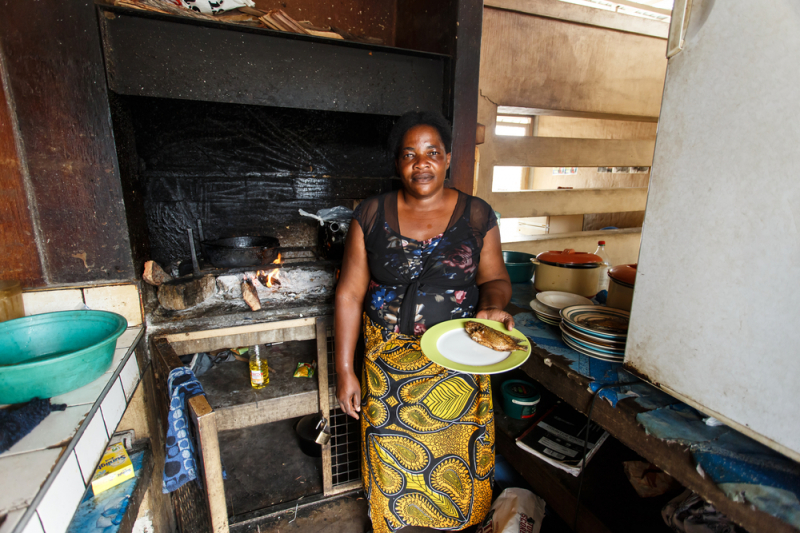
https://theculturetrip.com/ 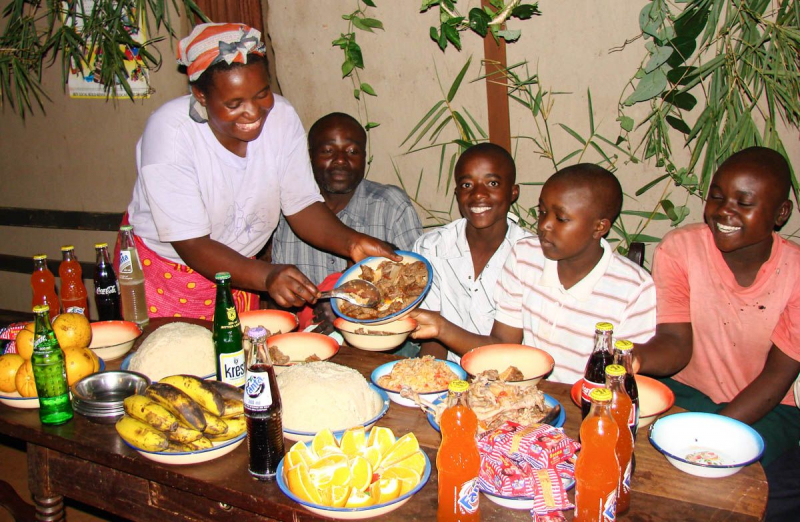
https://www.pinterest.com/















